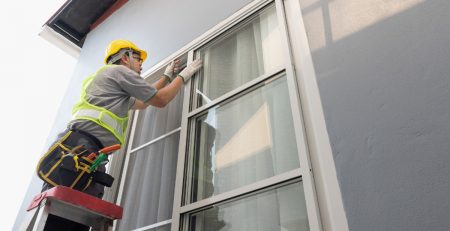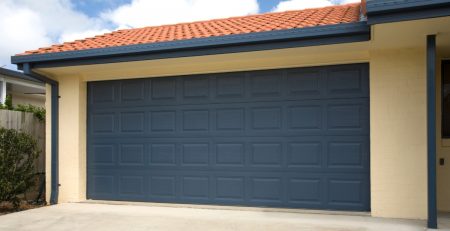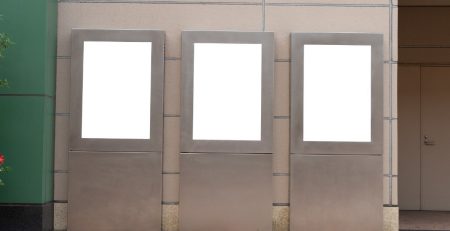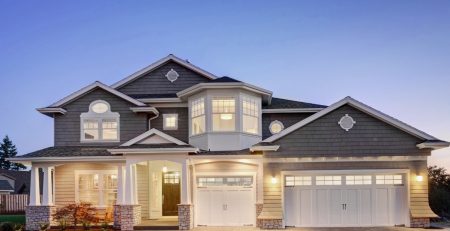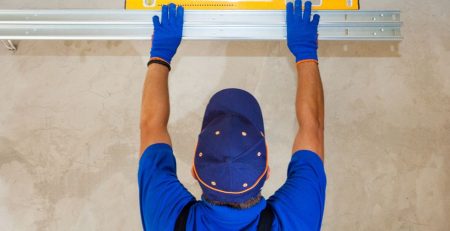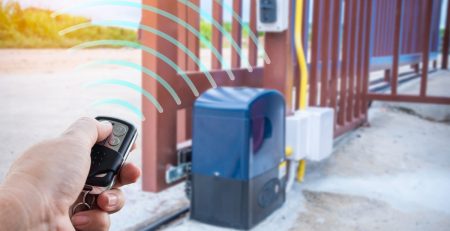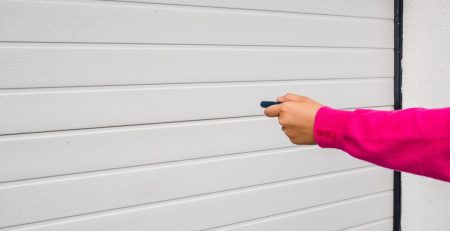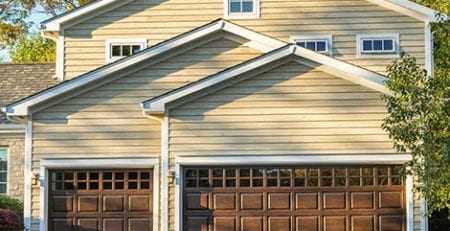Essential Tips for Adding an Attached Garage
Adding an attached garage is a practical and valuable investment in enhancing your home. It provides a convenient space to park your vehicles and offers additional storage and living space. Moreover, it adds value to your home, making it an attractive feature for potential buyers if you ever decide to sell.
This blog will explore essential tips for adding an attached garage to your home. From planning and design considerations to construction basics and key features, we will cover everything you need to know to ensure a successful garage addition project.
So, let’s explore how you can create a functional and aesthetically pleasing attached garage that meets your needs and enhances the value of your home.
Planning Your Attached Garage
Proper planning is crucial before starting any construction project. When it comes to adding an attached garage, there are several factors you need to consider. Firstly, familiarize yourself with the zoning laws in your area to ensure compliance with any regulations regarding setbacks and building height restrictions.
Additionally, you will need to obtain the necessary building permits for your garage addition. Carefully plan the location of your garage at your home’s main entrance, and consider how the new garage will fit seamlessly into your property.
Assessing Your Home’s Layout for the Best Garage Integration
When planning your attached garage, it’s essential to assess your home’s layout to determine the best integration for the garage. Consider the flow of your property and how the garage will affect the overall aesthetics and functionality. Please pay attention to the placement of the garage door and how it aligns with your home’s main entrance.
Ensure that the garage door does not obstruct any windows or doors that provide natural light to your living spaces. By carefully evaluating your home’s layout, you can create a garage addition that seamlessly integrates with your existing structure.
Understanding Zoning Laws and Building Permits
Before embarking on any construction project, it’s essential to understand the zoning laws and obtain the necessary building permits. Zoning laws vary by location and may dictate the setback requirements and building height restrictions for your garage addition.
Building permits ensure that your construction project meets safety and building code requirements. Whether you’re building a detached or attached garage, compliance with zoning laws and obtaining the appropriate building permits is crucial to avoid potential legal issues in the future.
Design Considerations for Attached Garages
Designing your attached garage involves considering various factors to create a functional and visually appealing space. Start by selecting an architectural style that complements your home’s overall design.
The size of your garage should be sufficient to comfortably accommodate your vehicles, allowing enough room for movement and storage. Consider installing a garage door opener for easy access and convenience. If you plan to use the garage as additional living space, incorporate design elements that make it feel like a seamless extension of your home.
Choosing the Right Size for Your Needs
- Determine the square footage of your garage based on the number and size of your vehicles.
- Consider additional space for storage, workbenches, and other functional needs.
- Ensure there is enough room to maneuver your vehicles within the garage comfortably.
- Consider any future needs, such as additional vehicles or storage requirements.
- Consult with a professional to determine the optimal size for your attached garage based on your specific needs and the available space on your property.
Architectural Styles to Complement Your Home
Choosing the right architectural style for your attached garage is important to ensure a cohesive look in your home. Consider the existing architectural style of your home and select a garage design that complements it.
There are various architectural styles, whether you prefer a traditional, modern, or contemporary look. A well-designed garage can enhance your home’s overall aesthetic appeal and value. Take the time to explore different architectural styles and select the one that best suits your preferences and the overall look of your property.
Maintaining Your Attached Garage
Proper maintenance is essential to ensure the longevity and functionality of your attached garage. Create a maintenance checklist to inspect and address any issues that arise regularly. Common issues in attached garages include cracked floors, water leaks, and malfunctioning garage doors.
Promptly address any repairs or maintenance needs to prevent further damage and ensure the safety of your garage. Regularly clean and organize your garage to maintain a clutter-free and functional space. By following a regular maintenance routine, you can extend the lifespan of your attached garage and enjoy its benefits for years to come.
Regular Maintenance Checklist
Regular maintenance is crucial for the upkeep of your attached garage. Create a checklist to ensure that you address critical maintenance tasks regularly. Here are some items to include in your maintenance checklist:
- Inspect and clean the garage door tracks and lubricate moving parts.
- Check for cracks or damage in the garage floor and address any repairs promptly.
- Inspect the roof for leaks or damage and repair as necessary.
- Check for water or moisture intrusion signs and address any issues to prevent mold or mildew growth.
- Test and replace batteries in smoke detectors and carbon monoxide detectors.
- Clean and organize the garage space, ensuring all items are stored appropriately and safely.
- By following a regular maintenance routine, you can identify and address any issues early on, preventing costly repairs and ensuring the longevity of your attached garage.
Addressing Common Issues and Repairs
Over time, your attached garage may experience common issues that require repair and maintenance. Some common issues include:
- Cracked or damaged garage floors: Repair any cracks or damage to prevent further deterioration and potential safety hazards.
- Malfunctioning garage doors: Address issues with the garage door opener, springs, or tracks to ensure smooth and reliable operation.
- Water leaks or moisture intrusion: Identify the source of leaks or moisture and take steps to address the issue, such as sealing gaps or improving drainage.
- Mold or mildew growth: Address moisture issues promptly to prevent mold or mildew from developing.
- Electrical or lighting problems: Replace faulty bulbs, check electrical connections, and consult a licensed electrician for necessary repairs.
- By promptly addressing these common issues and conducting regular maintenance, you can keep your attached garage in optimal condition and avoid more significant problems in the future.
Adding an attached garage is a significant investment that can enhance your home’s functionality and value. By carefully planning, considering design aspects, understanding construction basics, and prioritizing safety measures, you can create a space that meets your needs and complements your home’s style.
Regular maintenance and promptly addressing common issues will ensure the longevity of your attached garage. Whether you want to create a workspace, increase storage options, or boost security, incorporating these features can make your garage a valuable addition to your property.



